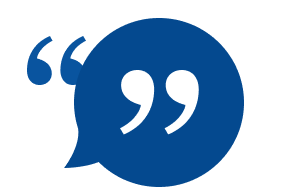Specialty overview
Plastic and reconstructive surgeons diagnose, treat and manage patients who require surgical intervention to restore, construct, reconstruct or improve the form, function or appearance of bodily structures. Plastic and reconstructive surgeons may also provide cosmetic surgical services to patients who do not suffer any condition or disease, but who wish to affect an improvement in aesthetic appearance of a bodily structure.
Clinical practice
Plastic and reconstructive surgeons work within both public and private facilities provide care for patients who require surgical, non-surgical, reconstructive and cosmetic services. Procedures commonly performed by plastic and reconstructive surgeons include abdominoplasty, breast reconstruction, cleft lip and palate repair, dermabrasion, hand surgery, liposuction, nose surgery, scar revision, sclerotherapy and skin cancer excision.
Key statistics
2024 QLD Training program selections(first year)
9
eligible
4
selected
Number of Queensland and Australian specialists
Number of Queensland and Australian new fellows
Number of Queensland trainees and average work hours
Information on specialists
-
Specialists over 60
This donut chart shows that 26% of specialists are aged over 60 years. -
Specialist intending to retire by 2033
This donut chart shows that 46% of 2023 workforce intend to retire by 2033. -
Location in Queensland
This donut chart shows the percentage of specialists by their location: 14.1% are located in regional Queensland, 85.9% are in major cities, and 0% are in remote regions. The chart highlights that a vast majority of specialists are based in major cities. -
Proportion Female/Male - QLD
75%
male25%
femaleThis doughnut chart shows the proportion of males and females. Males are 75%, Females are 25%. -
Public vs Private
77.9%
private22.1%
publicThis doughnut chart shows the proportion of public and private specialists. Private is 77.9%, Public is 22.1%.
Information on trainees
-
Proportion female/male trainees in Queensland
75%
male25%
femaleThis doughnut chart shows the proportion of males and females. Males are 75%, Females are 25%. -
2024 QLD Training program selections (first year)
9
eligible4
selectedThis doughnut chart shows the number of 2024 QLD Training Program Selections (First Year). 9 Eligible applications were received, 4 of those were selected.
